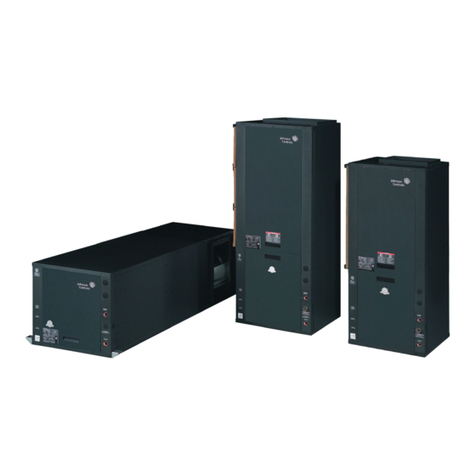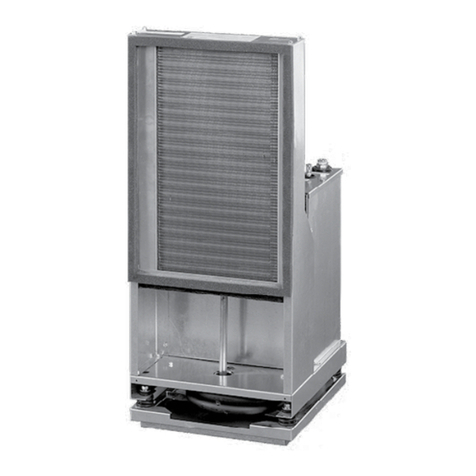Johnson Controls JMW Series Owner's manual
Other Johnson Controls Heat Pump manuals

Johnson Controls
Johnson Controls RHP150 Series User manual
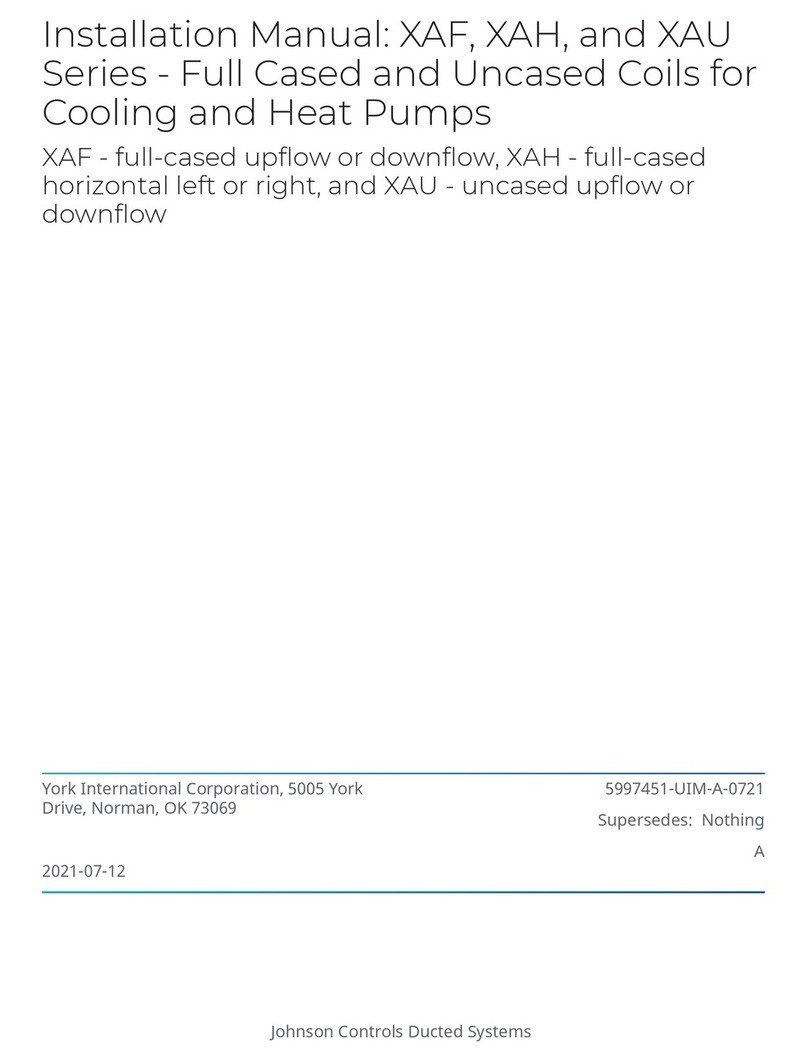
Johnson Controls
Johnson Controls XAF Series User manual

Johnson Controls
Johnson Controls RBS009 User manual

Johnson Controls
Johnson Controls York YH9FYH12BAH-A-X User manual
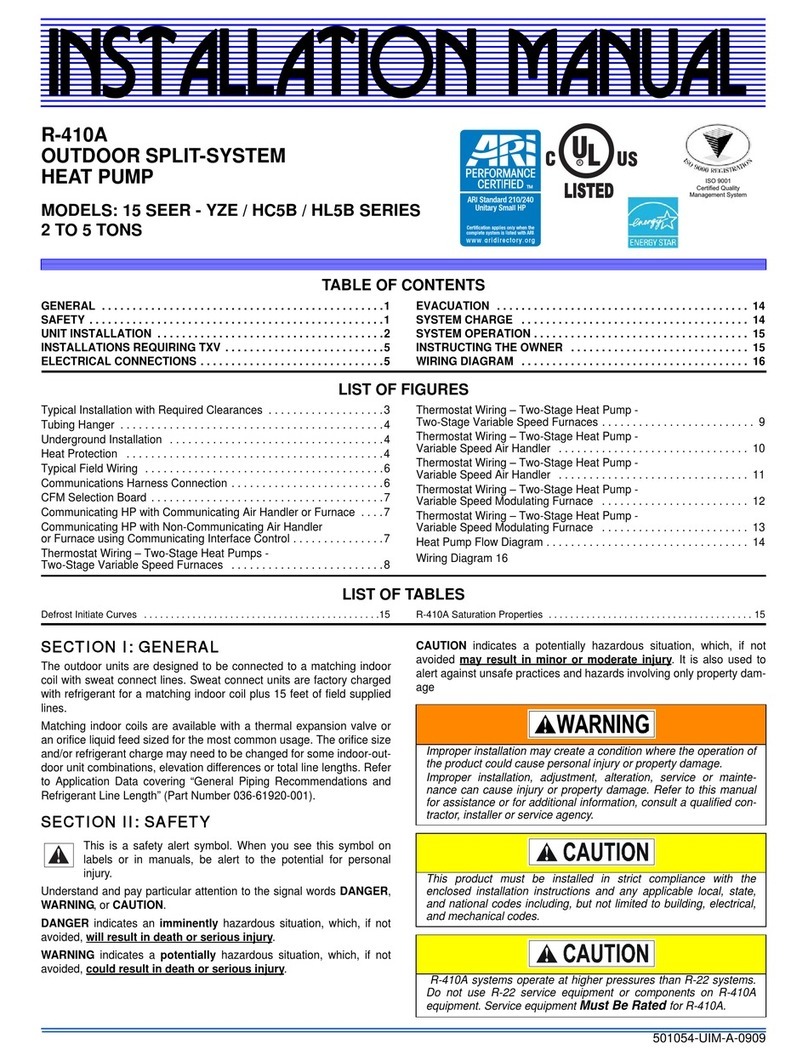
Johnson Controls
Johnson Controls 15 SEER - YZE / HC5B / HL5B SERIES User manual

Johnson Controls
Johnson Controls H Series User manual
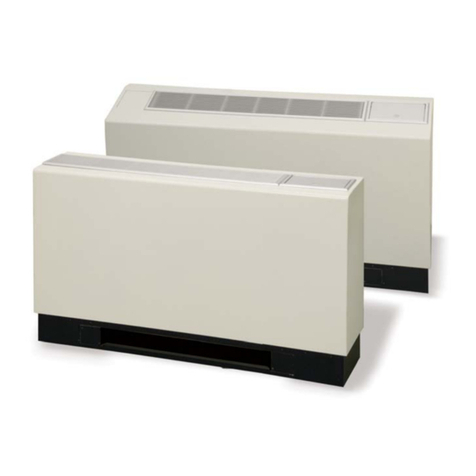
Johnson Controls
Johnson Controls RC Series User manual
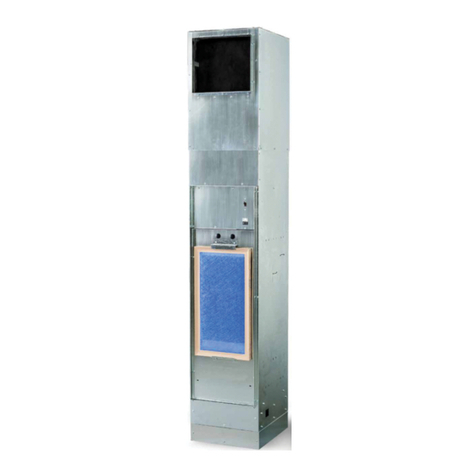
Johnson Controls
Johnson Controls VBR09 Series User manual
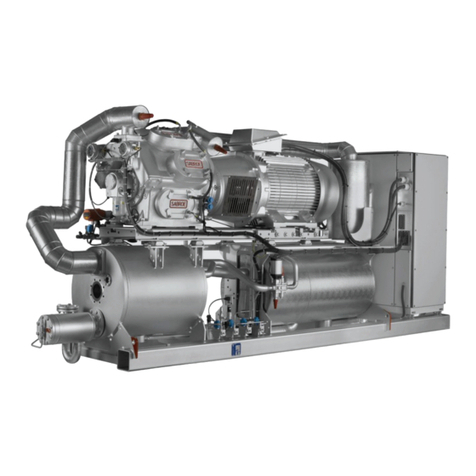
Johnson Controls
Johnson Controls SABROE HeatPAC User manual

Johnson Controls
Johnson Controls VITALITY Series User manual
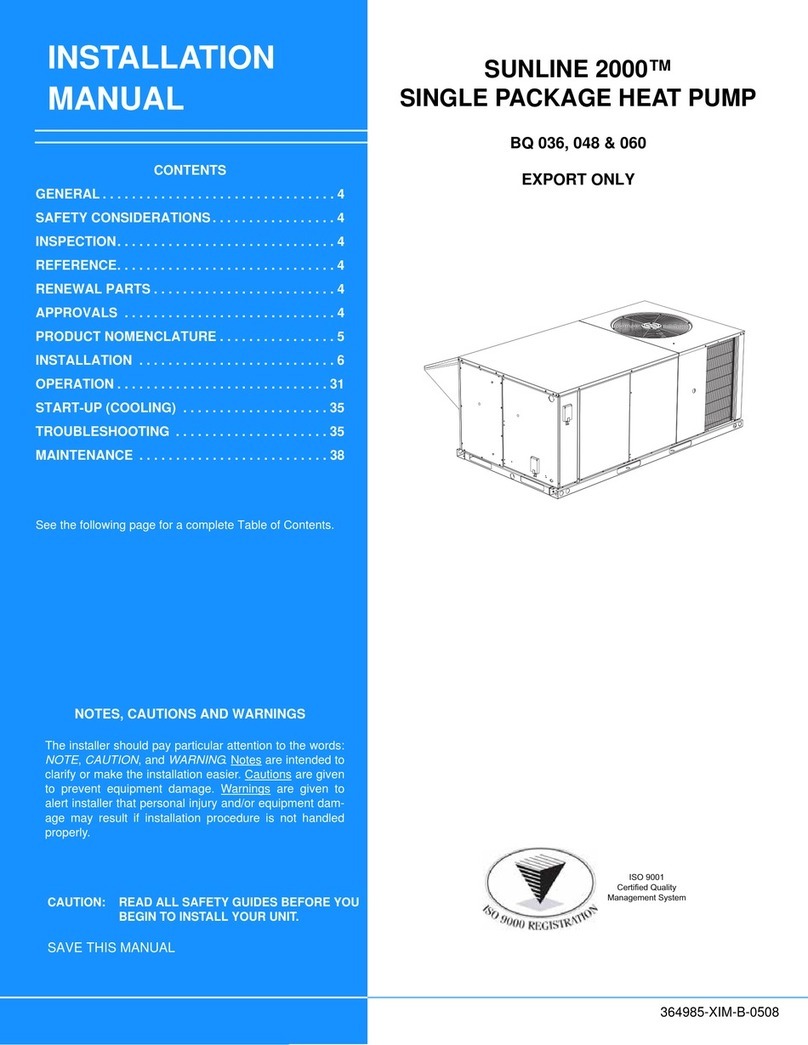
Johnson Controls
Johnson Controls SUNLINE 2000 BQ 060 User manual

Johnson Controls
Johnson Controls 13 SEER - THGD User manual
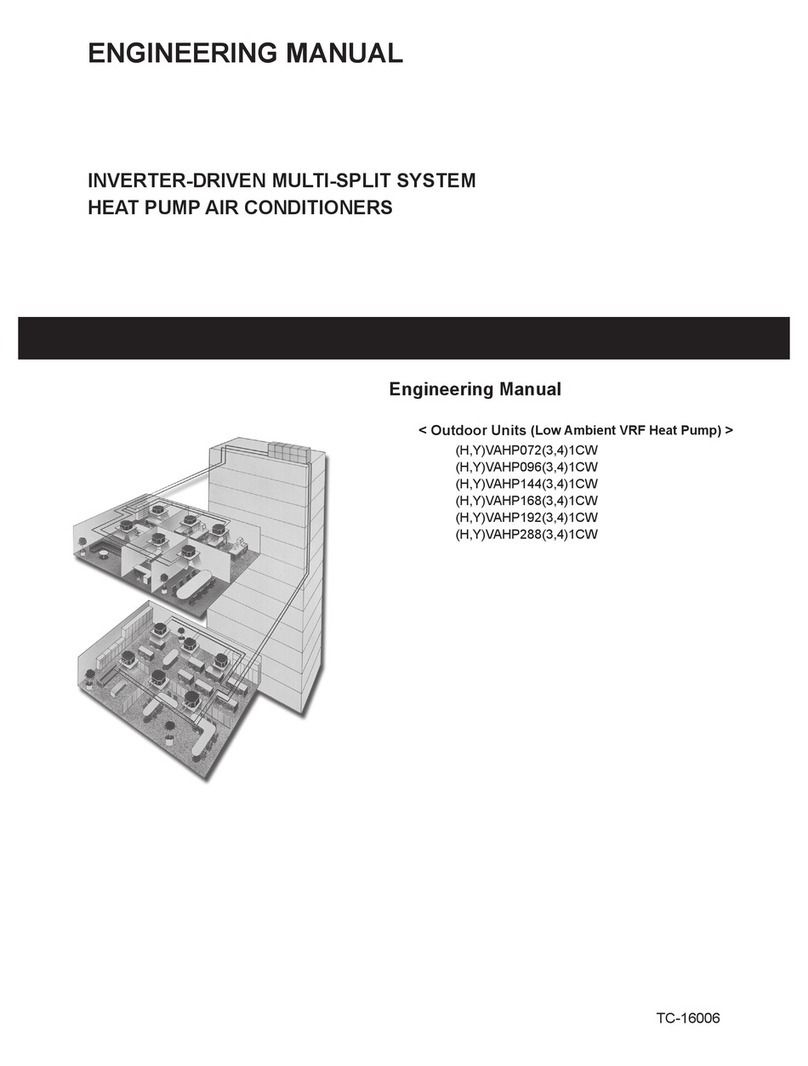
Johnson Controls
Johnson Controls (H,Y)VAHP072(3,4)1CW Installation and operation manual
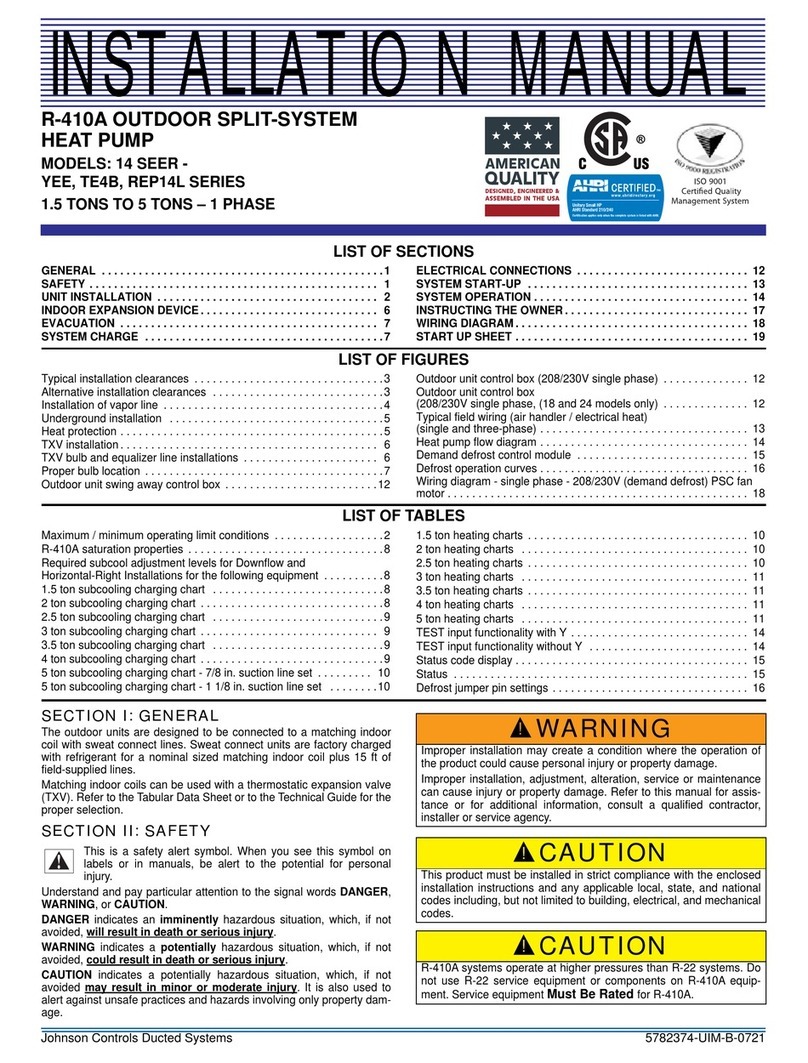
Johnson Controls
Johnson Controls Duct R-410A User manual

Johnson Controls
Johnson Controls Duct R-410A Quick start guide
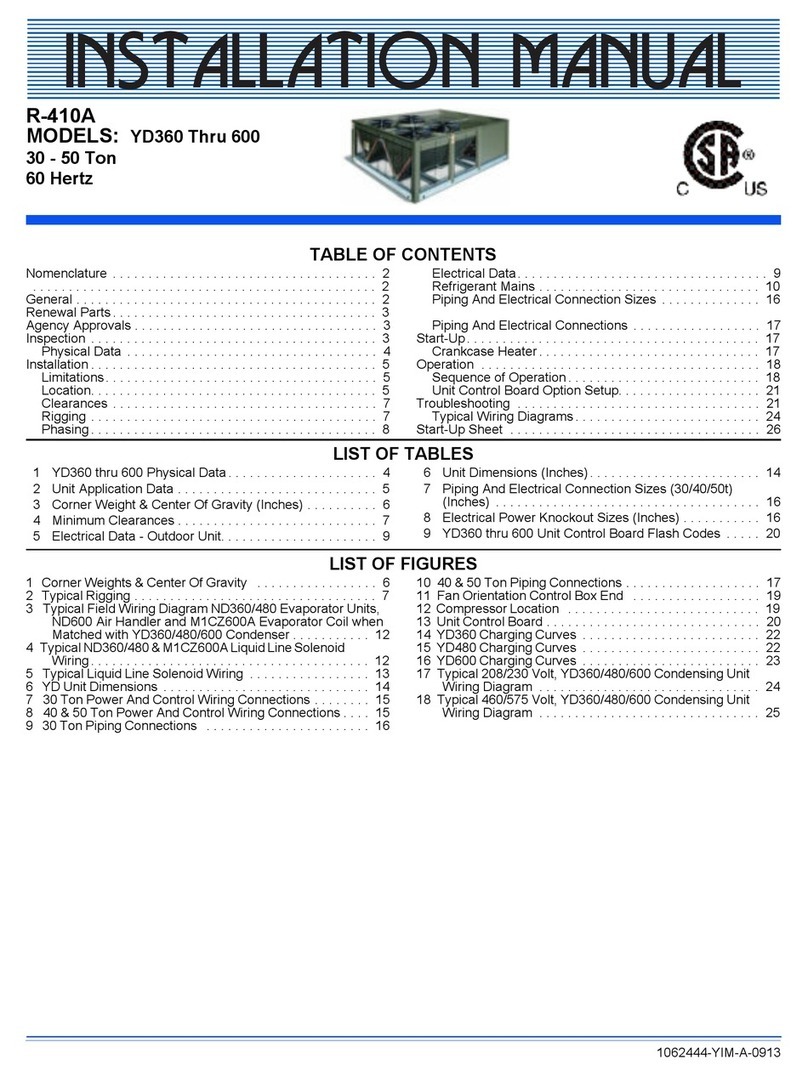
Johnson Controls
Johnson Controls YD360 User manual
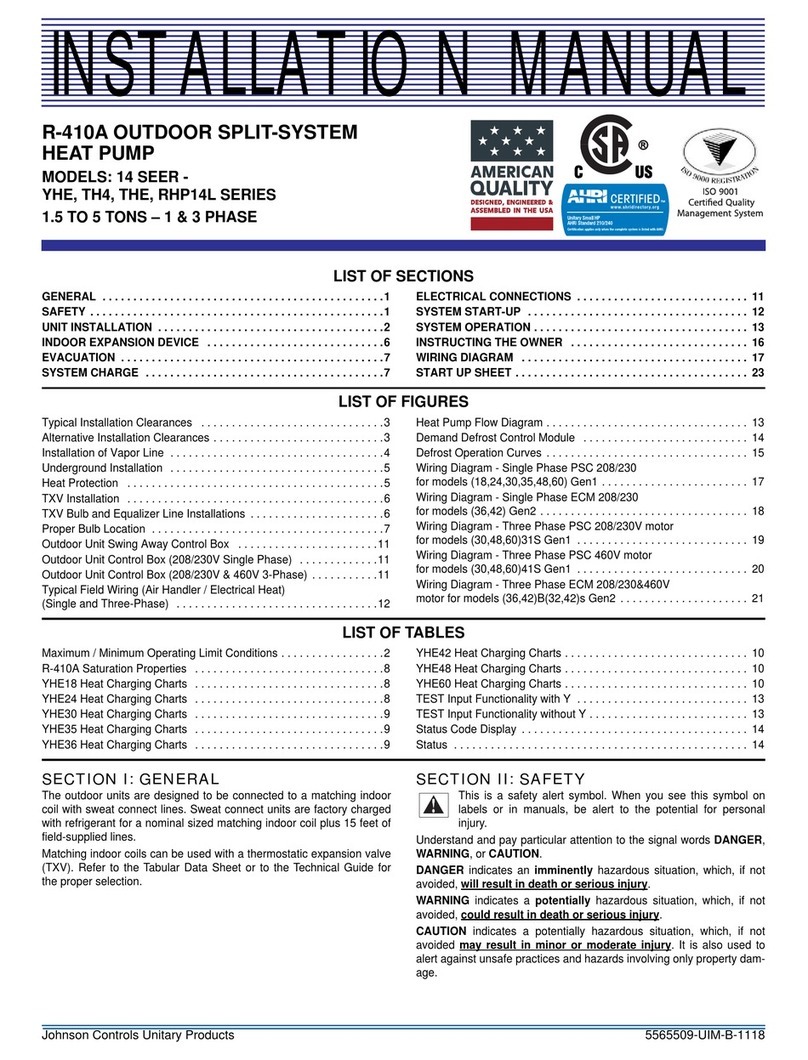
Johnson Controls
Johnson Controls YHE Series User manual
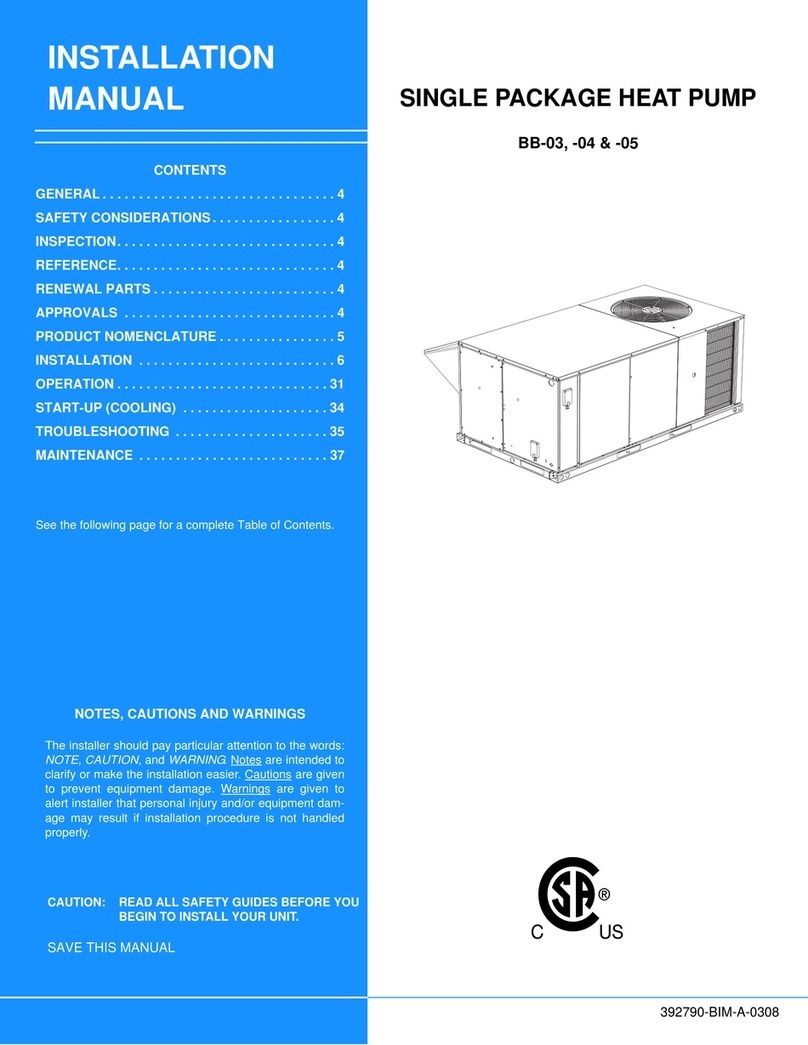
Johnson Controls
Johnson Controls BB-03 User manual
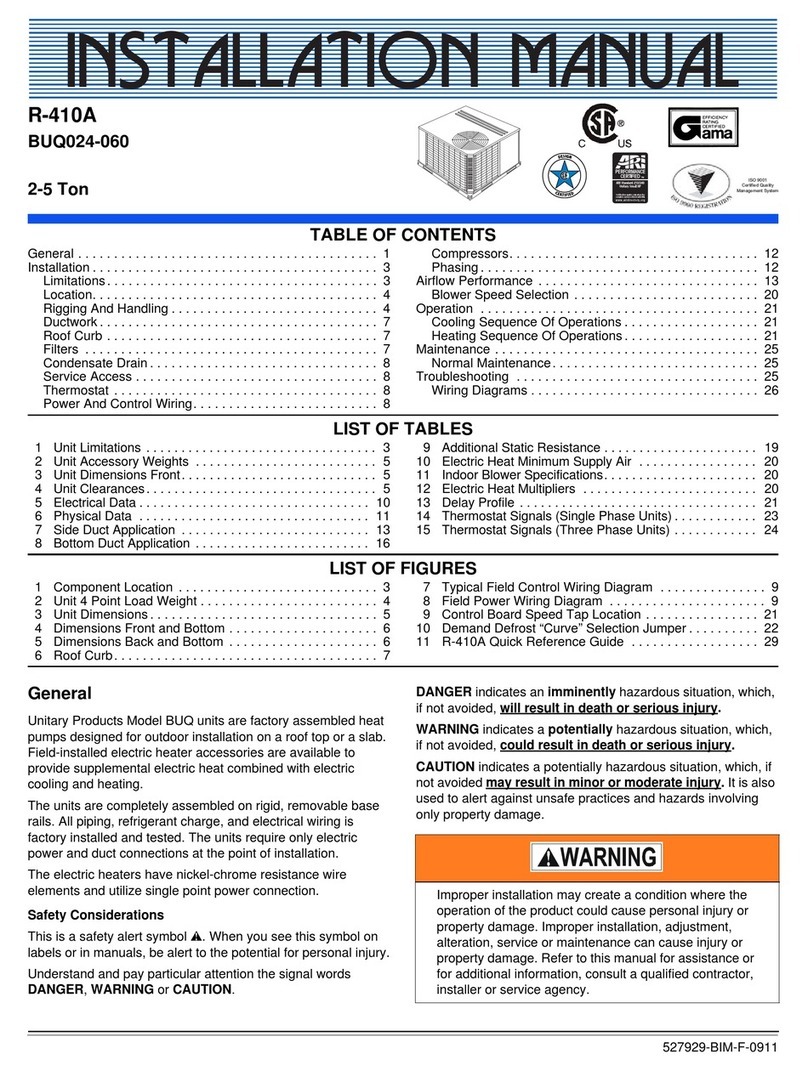
Johnson Controls
Johnson Controls BUQ024 User manual

Johnson Controls
Johnson Controls JRC Series Owner's manual
Popular Heat Pump manuals by other brands

Daikin
Daikin RXL12QMVJU Service manual

AIREDALE
AIREDALE BluCube CUR092V16-1CO-0 Installation and maintenance manual

Calyenty
Calyenty RBH 125 Customer's manual

GRE
GRE HPGI50 owner's manual

Carrier
Carrier 30XW Installation, operation and maintenance instructions

Hayward
Hayward SUMHEAT HP5131DT3 Installation instructions manual

REMKO
REMKO SQW 400 Electrical wiring

Sanyo
Sanyo SAP120FCH Service manual

Daikin
Daikin EHYHBH05AA Operation manual

Panasonic
Panasonic WH-SDF03E3E5 Design handbook

Airxcel
Airxcel 45000 Series Installation, operation and maintenance instructions

Mitsubishi Electric
Mitsubishi Electric PUZ-SWM60VAA Service manual

Dimplex
Dimplex LI 16I-TUR Installation and operating instruction

Carrier
Carrier WSHP Open v3 Integration guide

Mitsubishi Electric
Mitsubishi Electric EHSE-YM9EC Service manual

TGM
TGM CTV14CN018A Technical manual

Carrier
Carrier 38MGQ Series installation instructions

Kokido
Kokido K2O K880BX/EU Owner's manual & installation guide
